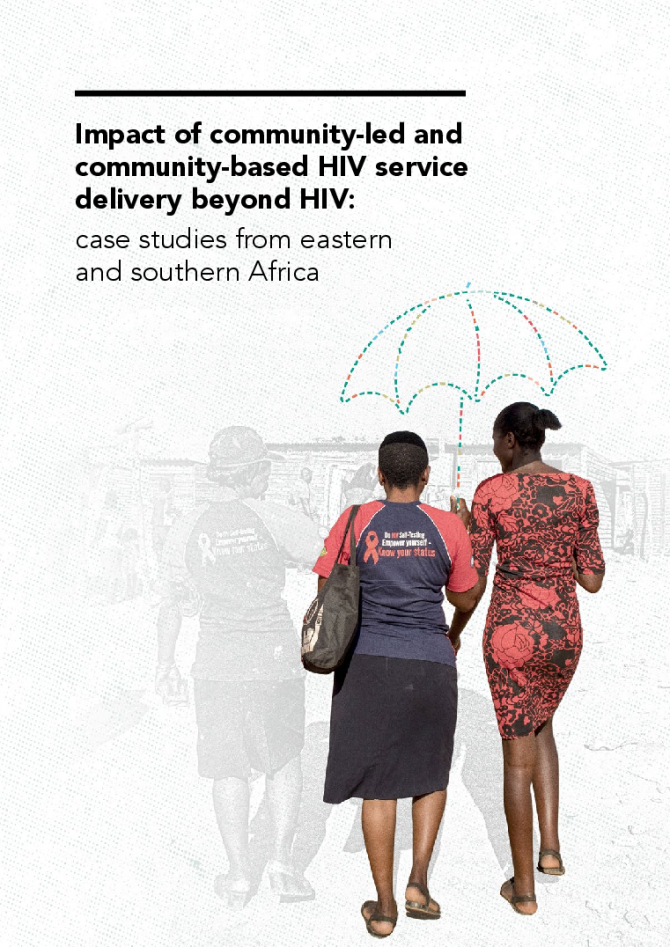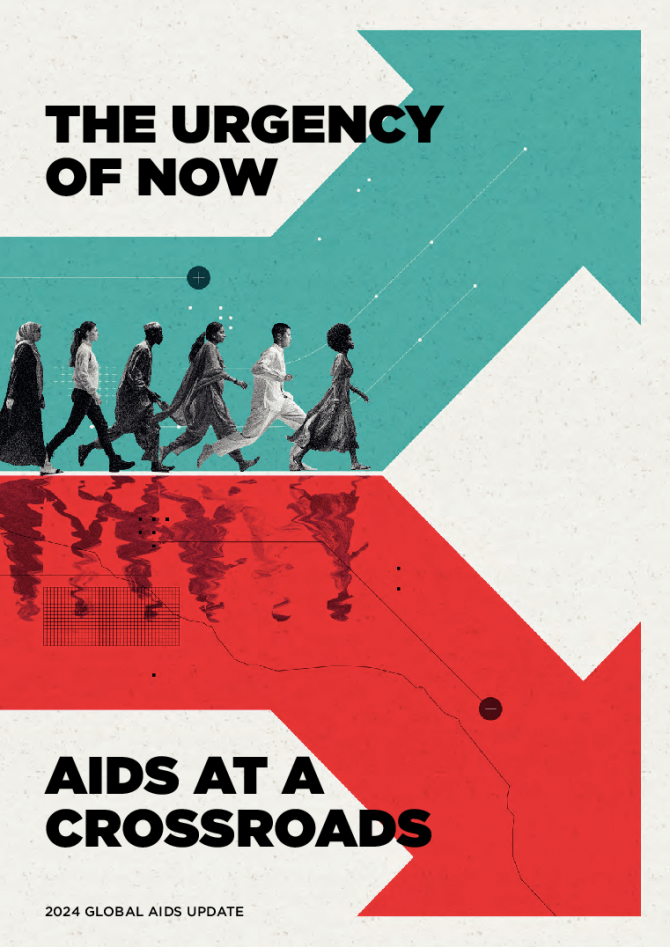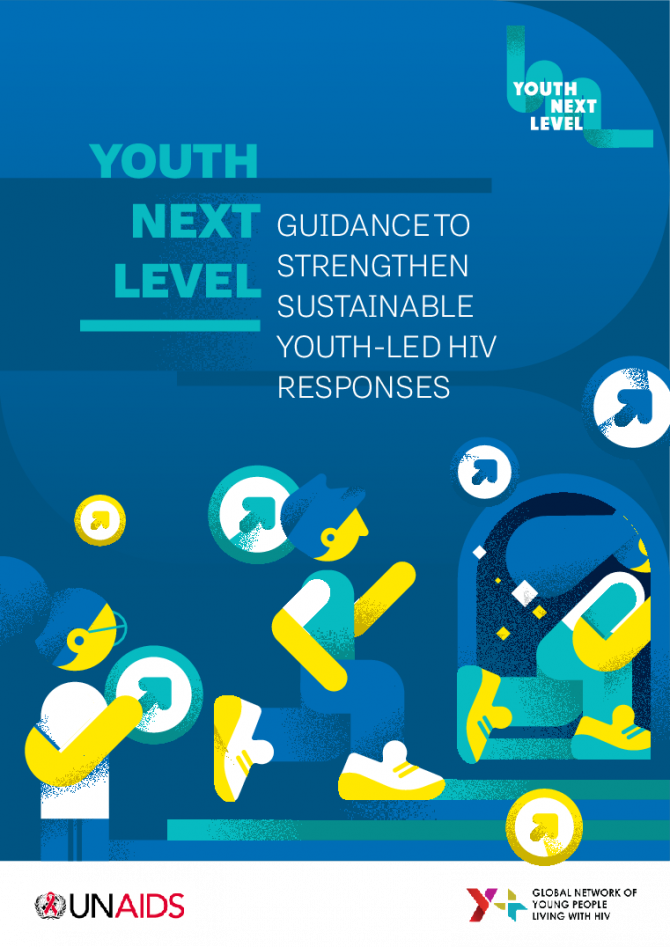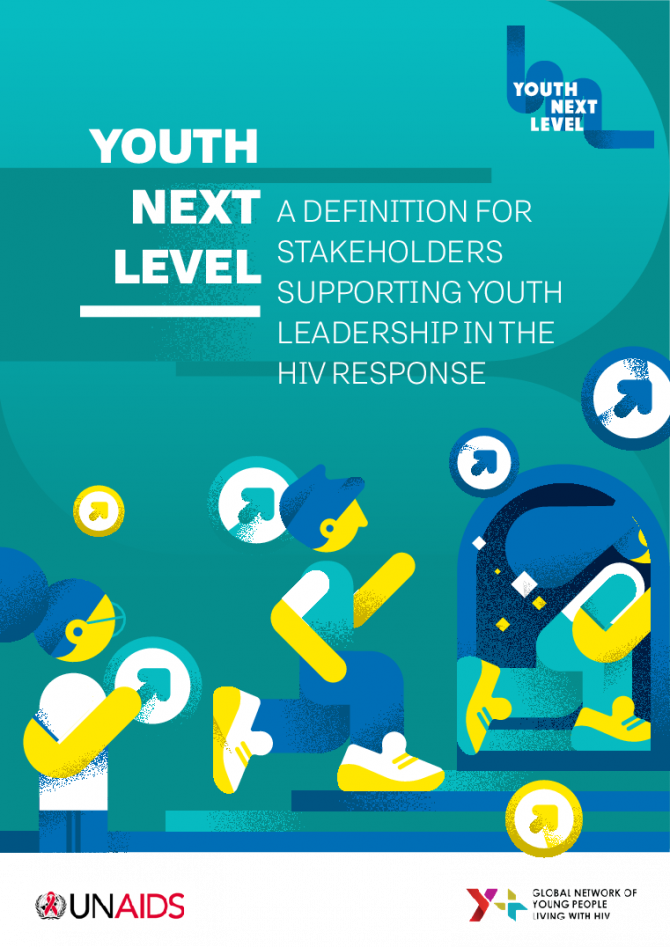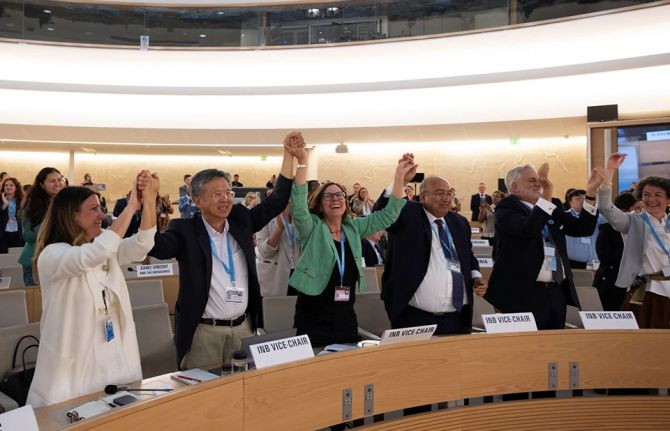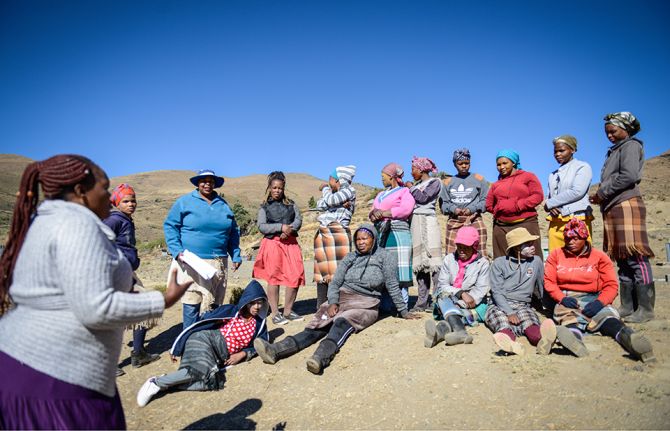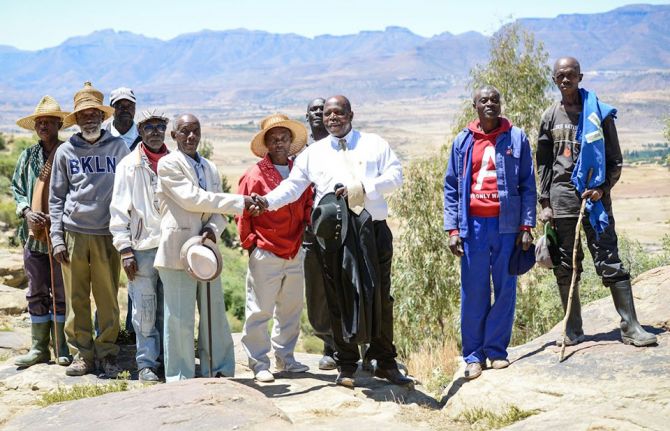
Community-led responses—particularly the work of organizations led by, and accountable to, people from affected communities—often bring trust, establish lines of communication, and reach where the state cannot. Civil society can be partners to prevent outbreaks becoming pandemics, as the SDG 3 Global Action Plan and Accelerators recognized. Importantly, there are complementary but different roles for community-led organizations and the state, which is responsible for its population’s right to health. A government role in, for example, community engagement and employing community health workers is necessary but not sufficient.
Community response therefore requires action led by both the public sector and community actors. However, as the Independent Panel for Pandemic Preparedness and Response highlighted, the role of community health workers and responses as well as “the potential for communities to shape the response at the decision-making table has been severely neglected”. Many pandemic preparedness and response documents and plans, if they deal with community infrastructure, overlook community-led efforts.
Community pandemic preparedness and response infrastructure should include three elements: services and accountability
led by communities, state-sponsored activities in communities, and the engagement of communities. Each component is crucial to develop community preparedness and infrastructure.
Where community-led organizations are capacitated and authorized, they can provide cost-effective pandemic health services and improve accountability.
Ending AIDS, stopping COVID-19, mpox, and Ebola virus disease, and preparing for the next pandemic require expanded PPR infrastructure. Community-led and government-led efforts are synergistic, and both are indispensable parts of preparedness. When the next virus hits, community infrastructure can save many more lives if that is what governments and the global community set goals for, what we measure, and what we finance.

